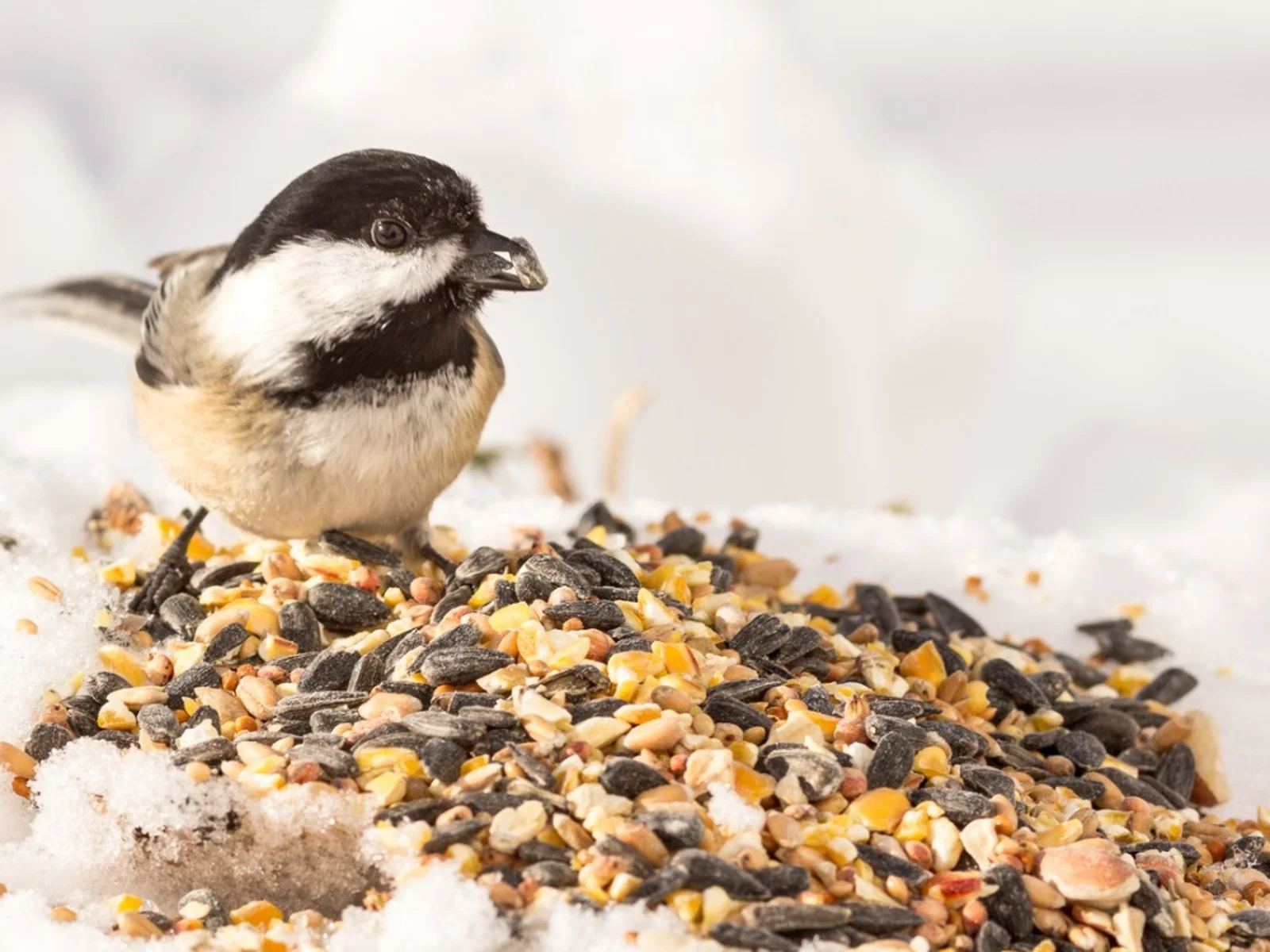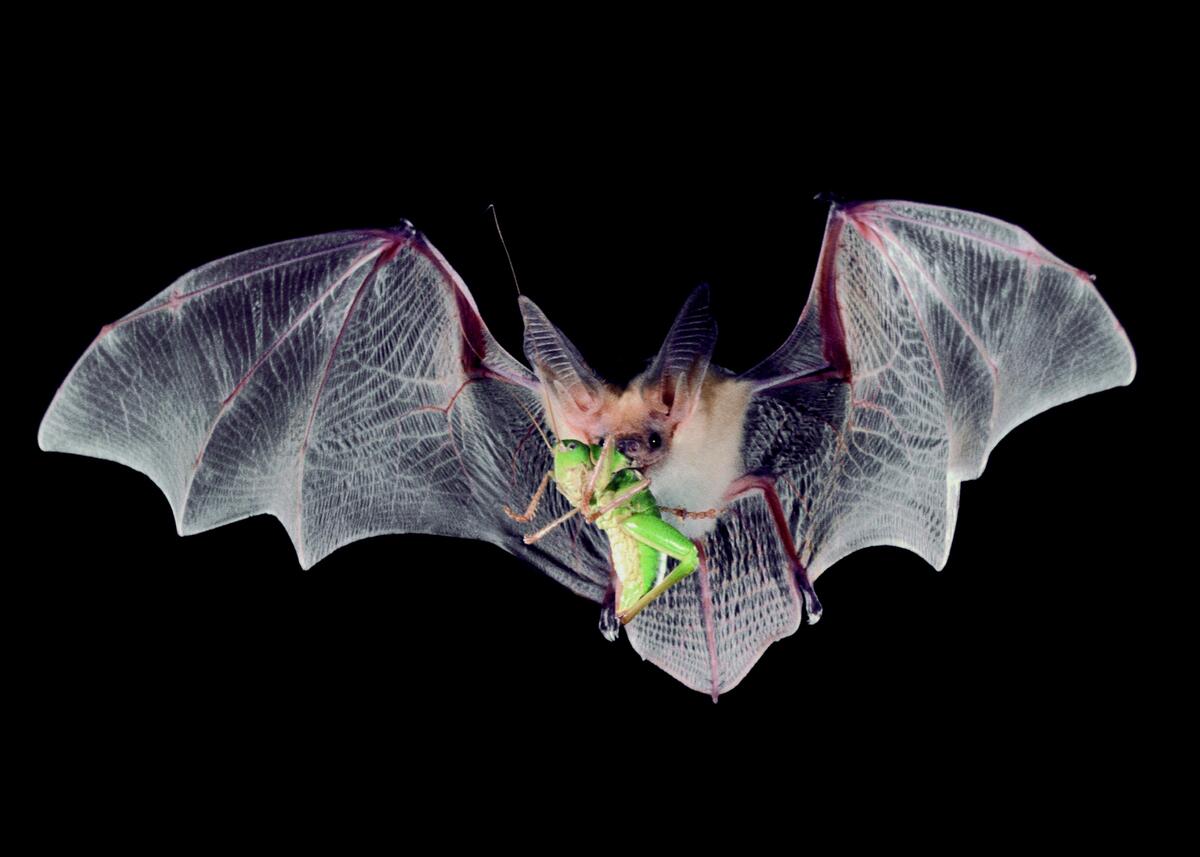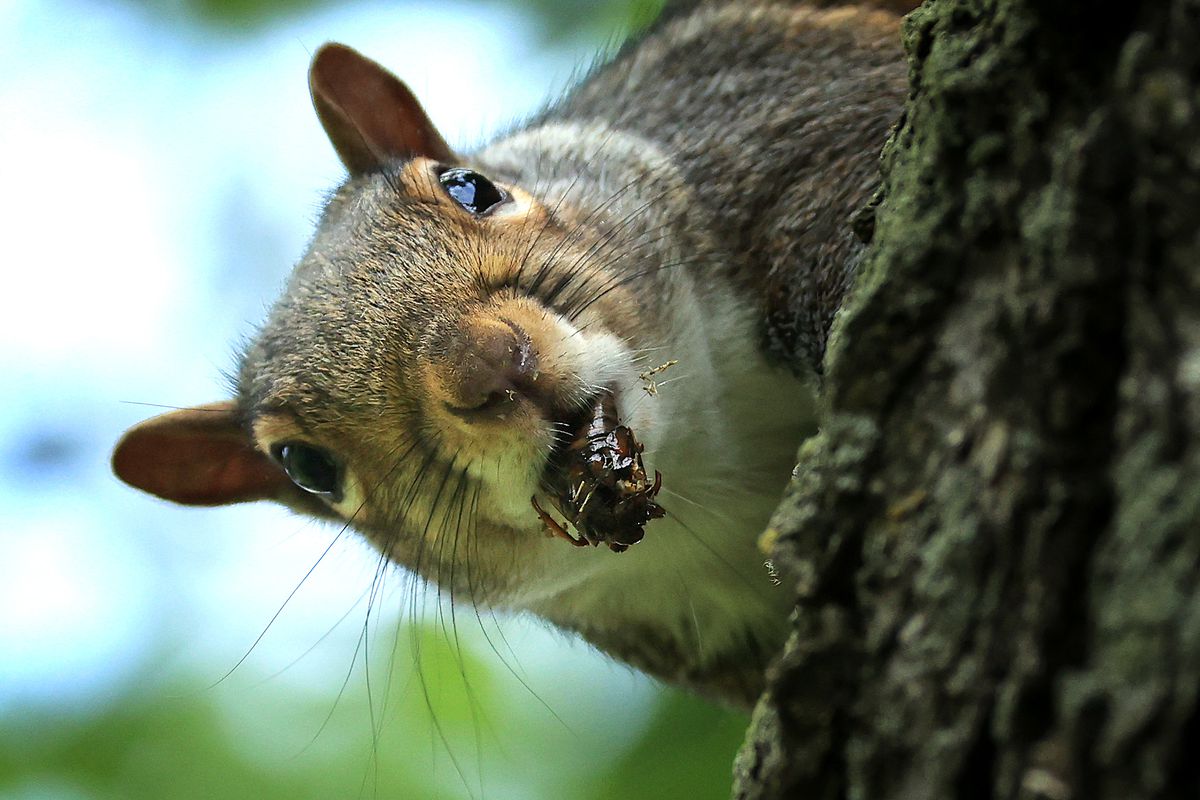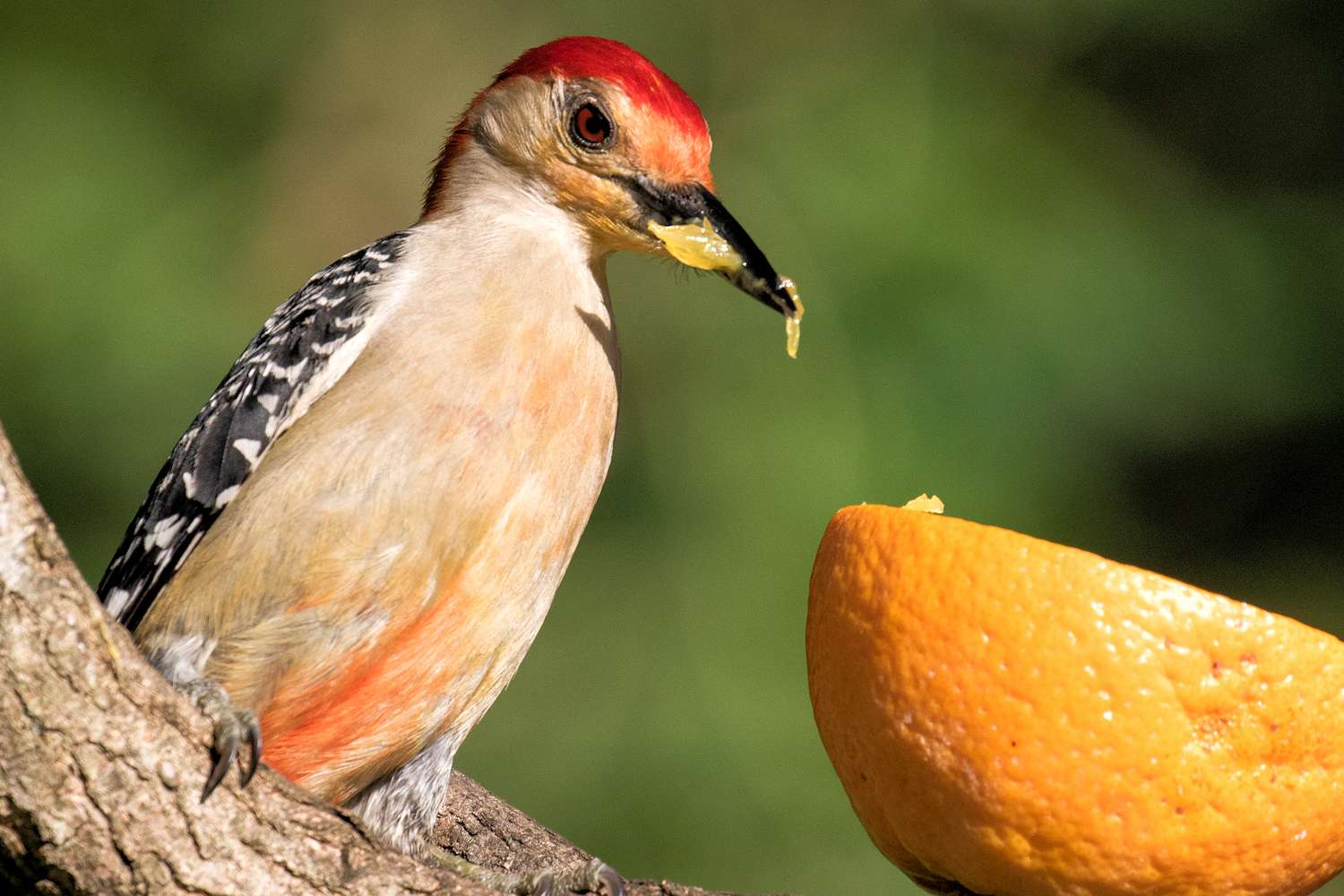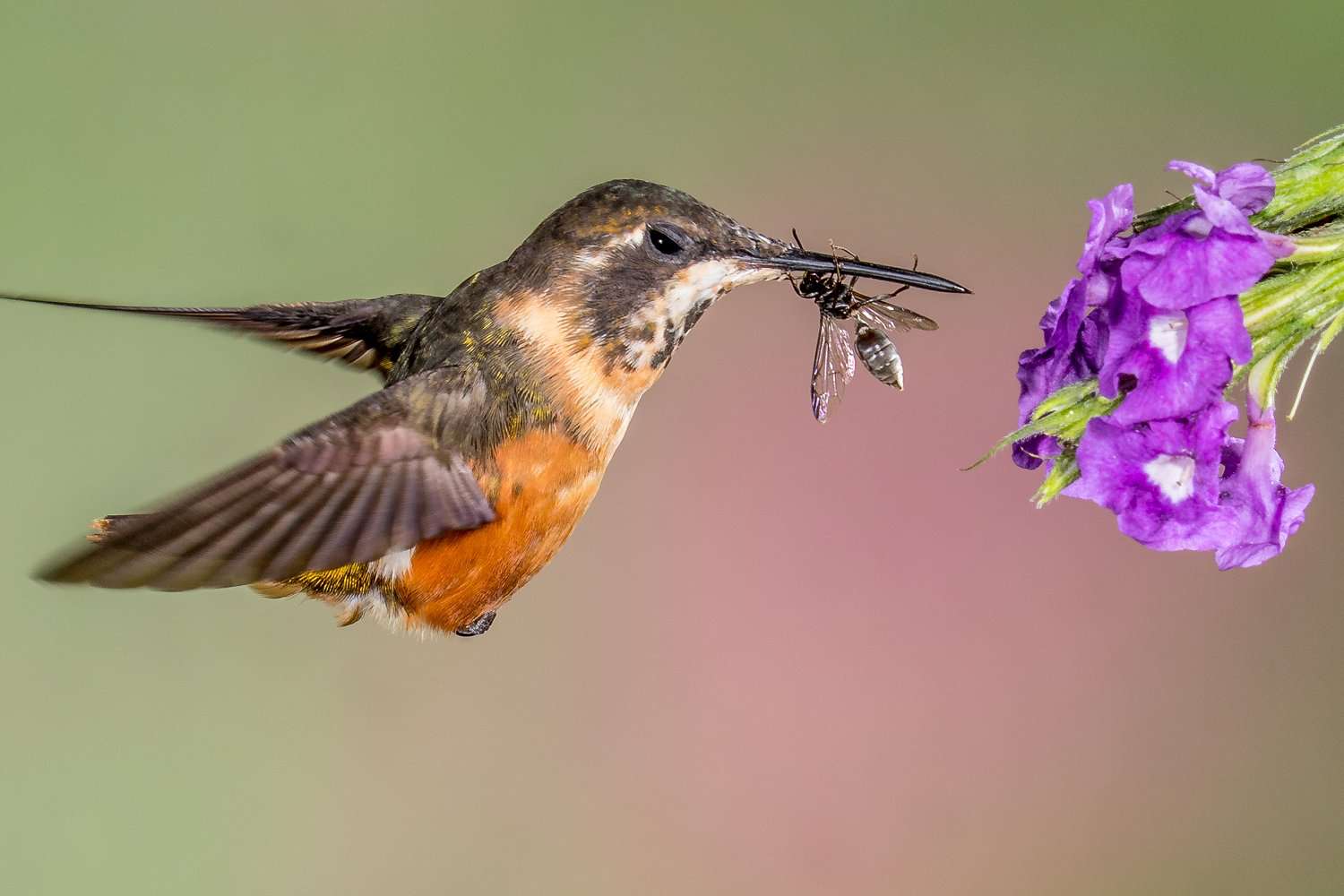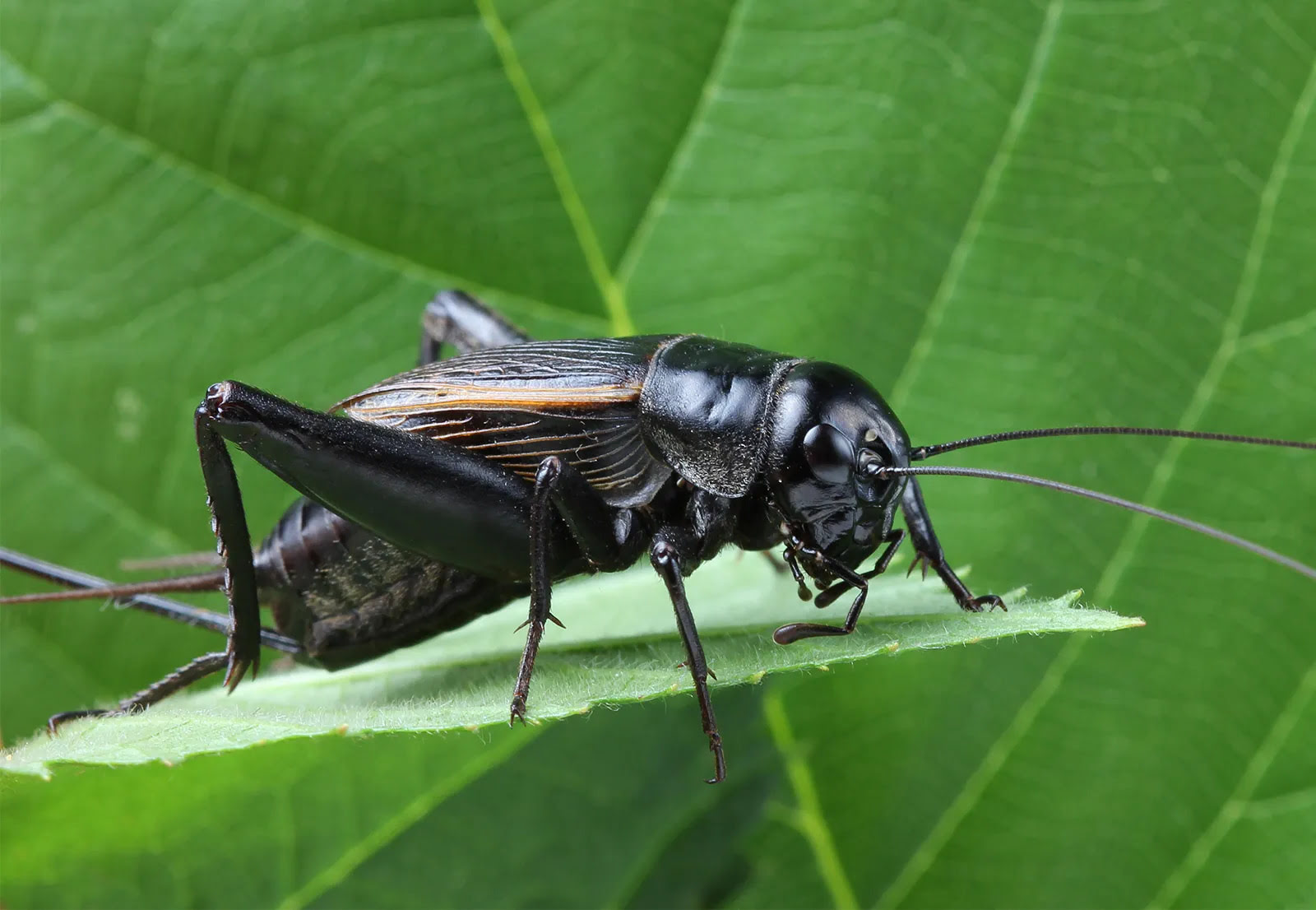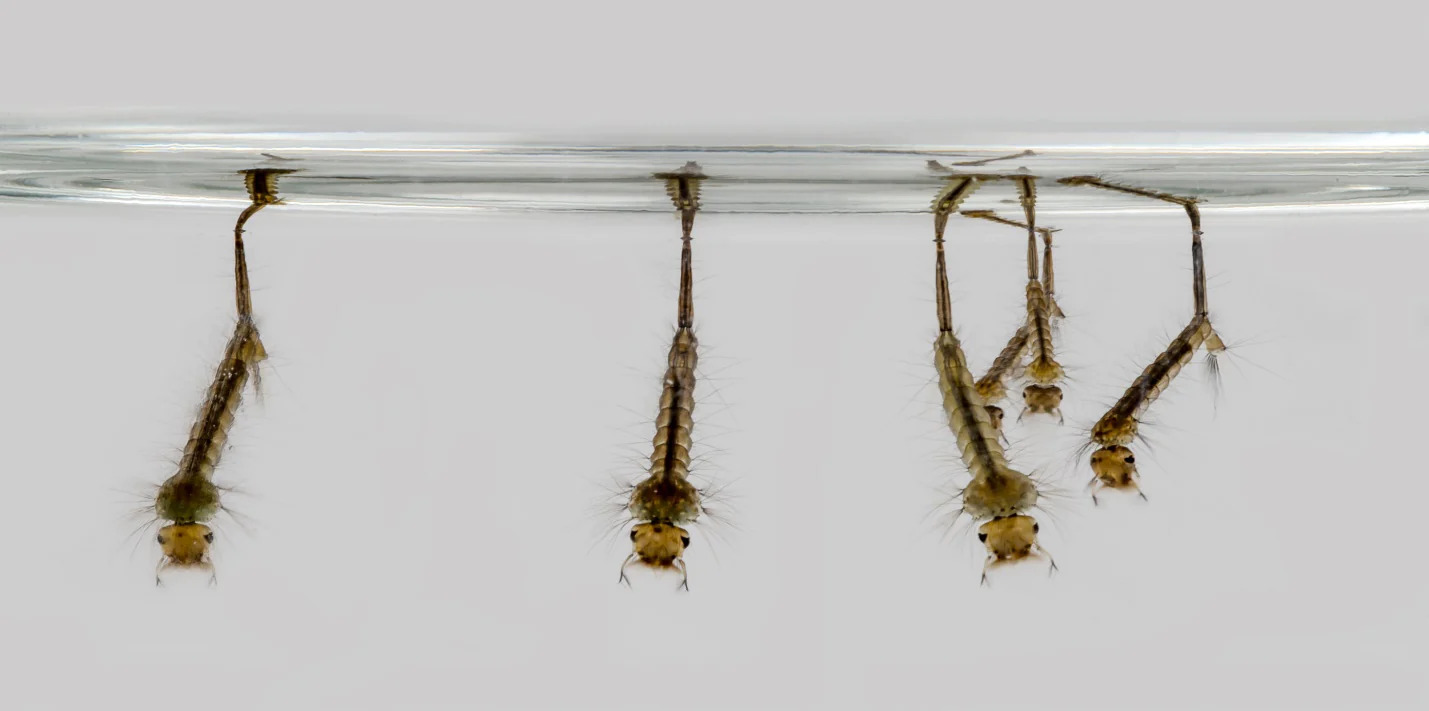Home>Gardening Tips and Tricks>What Do Greenhouse Millipedes Eat
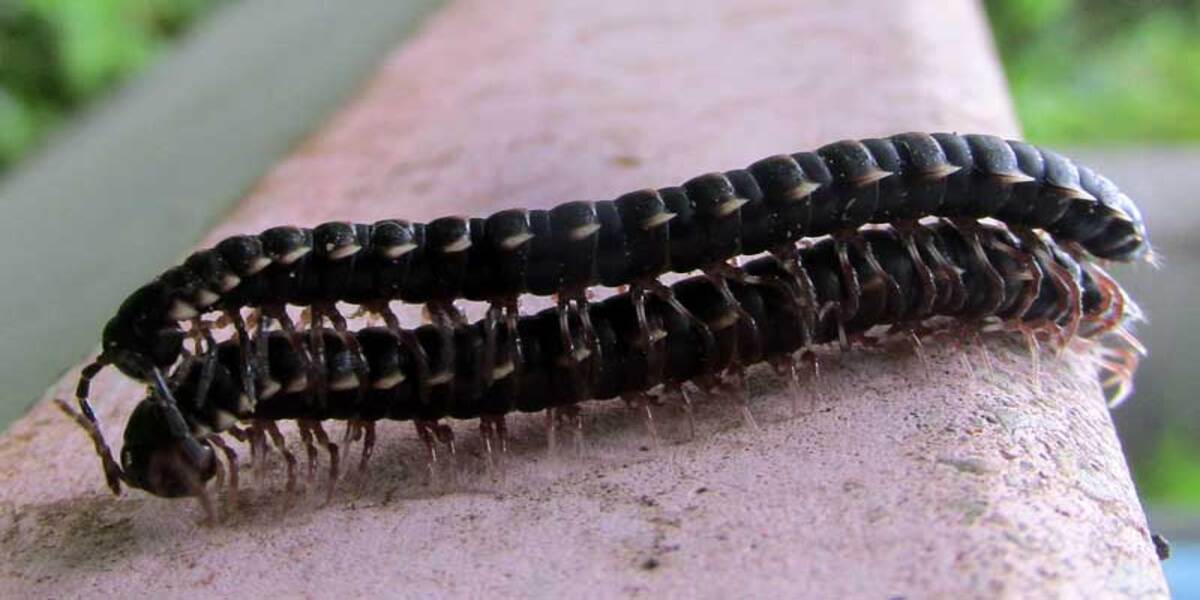

Gardening Tips and Tricks
What Do Greenhouse Millipedes Eat
Modified: January 22, 2024
Looking to solve the problem of what greenhouse millipedes eat? Discover the diet of these critters and find effective solutions to keep them under control.
(Many of the links in this article redirect to a specific reviewed product. Your purchase of these products through affiliate links helps to generate commission for Chicagolandgardening.com, at no extra cost. Learn more)
Table of Contents
Introduction
Welcome to the fascinating world of greenhouse millipedes! These small arthropods have captured the curiosity of researchers and nature enthusiasts alike with their unique characteristics and diverse feeding habits. In this article, we will explore what greenhouse millipedes eat and delve into their impact on plants.
Millipedes are part of the larger arthropod family, known for their segmented bodies and numerous legs. While they may resemble insects, millipedes belong to the class Diplopoda, which sets them apart in terms of anatomy and behavior. Greenhouse millipedes, specifically, are well-adapted to thrive in the warm and humid environments commonly found in greenhouses, hence their name.
Understanding the diet and feeding behavior of greenhouse millipedes is essential for greenhouse owners, gardeners, and agriculture enthusiasts. By gaining insight into their food preferences and feeding patterns, we can better manage their populations and mitigate potential damage to plants.
So, let’s dive into the fascinating world of greenhouse millipedes and unravel the mysteries of their dietary habits.
Habitat of Greenhouse Millipedes
Greenhouse millipedes thrive in warm and humid environments, making them well-suited for the conditions typically found in greenhouses. These arthropods prefer the stable temperature and moisture levels found in these controlled environments, providing them with the ideal habitat to breed and feed.
Within a greenhouse, millipedes can be found in various areas, including the soil, leaf litter, and decaying organic matter. They are especially attracted to places with high levels of moisture, such as around watering sources or areas with condensation. You may also spot them hiding under pots, plant debris, or in crevices and cracks.
It’s important to note that greenhouse millipedes can also thrive in outdoor environments under certain conditions. They are known to inhabit damp areas such as gardens, compost piles, and woodland habitats. However, their presence in these habitats may not reach the same levels as in greenhouses due to the more fluctuating temperature and moisture levels.
Additionally, greenhouse millipedes prefer dark and sheltered areas, where they can seek protection from predators and maintain their moisture levels. This preference for darkness and moisture makes them more active during the night, when they venture out to feed on plant material and debris.
Overall, the habitat of greenhouse millipedes encompasses environments that provide a consistent warm, moist, and dark setting, making greenhouses an ideal home for these fascinating creatures.
Feeding Behavior of Greenhouse Millipedes
Greenhouse millipedes are detritivores, which means they primarily feed on decaying organic matter. They play a crucial role in ecosystem nutrient cycling by breaking down dead plant material and recycling nutrients back into the soil. While millipedes may be considered beneficial in natural environments, their feeding habits can become problematic when they infest greenhouse plants.
The feeding behavior of greenhouse millipedes involves consuming a wide range of plant debris, including rotting leaves, stems, fruits, and even dead insects. They have specially adapted mouthparts, known as mandibles, which they use to scrape and chew plant material. When feeding, millipedes leave behind characteristic signs such as irregular holes or jagged edges on leaves or other plant parts they have consumed.
However, it’s essential to note that not all millipedes are voracious plant feeders. While some species will readily feed on live plant tissue, many greenhouse millipedes primarily feed on decomposing organic matter rather than causing direct damage to healthy plants. Nevertheless, an abundance of millipedes can still cause aesthetic damage to plants, creating an unsightly appearance.
In addition to their feeding behavior, greenhouse millipedes also have a unique defense mechanism. When threatened or disturbed, they can release a foul-smelling fluid from specialized glands called ozopores, which acts as a deterrent against predators. This fluid contains toxins that can be irritating to the skin, though it poses no significant danger to humans.
In summary, the feeding behavior of greenhouse millipedes revolves around consuming decaying organic matter, but they can also cause aesthetic damage when abundant in greenhouse environments.
Types of Food Consumed by Greenhouse Millipedes
Greenhouse millipedes have a diverse palate and will consume various types of food found in their habitat. Their diet primarily consists of decaying organic matter, but they can also feed on live plant material and other sources of nutrition.
Decaying plant matter: One of the main food sources for greenhouse millipedes is decaying plant material. This includes fallen leaves, rotting stems, fruits, and flowers. They play a crucial role in breaking down this organic matter, aiding in the decomposition process and recycling nutrients back into the soil.
Dead insects: In addition to plant debris, greenhouse millipedes are known to feed on dead insects. These arthropods scavenge on deceased insects that have fallen to the greenhouse floor or become trapped in vegetation. This opportunistic feeding behavior helps greenhouse millipedes supplement their diet with additional nutrients.
Algae and fungi: Greenhouse millipedes also have an affinity for algae and fungi. These microorganisms are often found in damp and humid environments, providing a food source for millipedes. They can consume algae growing on the surface of pots, walls, or other objects in the greenhouse. Similarly, they may feed on fungi growing on decaying plant matter or in the soil.
Roots and seedlings: While greenhouse millipedes primarily feed on decaying organic matter, certain species have been known to consume live plant tissue, including roots and seedlings. This behavior can be problematic for greenhouse owners, as it may lead to root damage or destruction of young plants. Therefore, it is essential to monitor millipede populations and take appropriate measures to manage their presence.
In summary, greenhouse millipedes consume a variety of food sources, including decaying plant matter, dead insects, algae, fungi, and in some cases, live plant tissue. Their diverse diet allows them to thrive in greenhouse environments and partake in essential ecological processes.
Feeding Preferences of Greenhouse Millipedes
While greenhouse millipedes are known to consume a wide range of food sources, certain preferences play a role in their feeding habits. Understanding their feeding preferences can help greenhouse owners and gardeners better manage millipede populations and protect plants from potential damage.
Moisture levels: Greenhouse millipedes are attracted to areas with high moisture levels. They prefer feeding on damp and decaying organic matter, as it provides the ideal environment for them to thrive. This preference for moisture can explain their affinity for greenhouses, where the controlled conditions often promote higher humidity.
Organic matter quality: Besides moisture, the quality of the organic matter also influences greenhouse millipedes’ feeding choices. Fresh, recently fallen plant material may not be as appetizing to them as decaying or decomposed organic matter. Millipedes often seek out material that is soft, rotting, and rich in nutrients, as it is easier for them to consume and contains higher levels of beneficial microbial activity.
Plant species: While greenhouse millipedes can feed on a variety of plant species, they may show some preference for specific plants. Some studies have found that certain plant species, particularly those with softer tissues, might be more attractive to millipedes. However, these preferences can vary among millipede species, so it’s important to monitor their activity and impact on different plants within the greenhouse.
Temperature: Temperature can also influence the feeding behavior of greenhouse millipedes. They are more active and tend to feed more in warmer temperatures. As the greenhouse environment provides a relatively stable and warm climate, millipedes may be more active and voracious eaters in these settings.
In summary, greenhouse millipedes have preferences for moist environments, decaying organic matter, certain plant species, and warmer temperatures. Understanding these preferences can help in implementing targeted management strategies to control millipede populations and minimize potential damage to greenhouse plants.
Impact of Greenhouse Millipedes on Plants
The presence of greenhouse millipedes can have both direct and indirect impacts on plants within a greenhouse environment. While they primarily feed on decaying organic matter, their feeding habits can cause aesthetic damage and, in some cases, affect the health of plants.
Direct damage: Certain species of greenhouse millipedes have been known to feed on live plant tissue, including roots and seedlings. This can result in physical damage to the plants, leading to stunted growth, wilting, or even death in severe cases. The extent of direct damage can vary depending on millipede population density and the susceptibility of the plant species.
Aesthetic damage: Even if greenhouse millipedes primarily feed on decaying matter, their feeding habits can still cause aesthetic damage to plants. They may create irregular holes, jagged edges, or missing sections on leaves and other plant parts. While this may not necessarily harm the overall health of the plant, it can diminish its visual appeal.
Indirect effects: In addition to direct damage, greenhouse millipedes can indirectly impact plant health by acting as vectors for plant diseases. As they move through the greenhouse, they can pick up pathogens from decaying organic matter or infected plants and transfer them to healthy plants. This can result in the spread of diseases, leading to reduced productivity or even crop loss.
Nutrient recycling: Despite their potential negative impact, it’s important to recognize that greenhouse millipedes also play a beneficial role in nutrient recycling. By consuming decaying organic matter, they help break it down and release nutrients back into the soil. This natural process contributes to the overall health and fertility of greenhouse ecosystems.
To manage the impact of greenhouse millipedes on plants, several strategies can be employed. These include implementing cultural practices such as removing decaying matter, maintaining proper sanitation, and employing physical barriers to prevent millipede entry. In some cases, chemical control methods may be necessary, but they should be used judiciously and in accordance with safe and sustainable practices.
In summary, greenhouse millipedes can have direct and indirect impacts on plants, including damage to live tissue, aesthetic issues, and the potential for disease transmission. However, they also play a vital role in nutrient recycling within greenhouse ecosystems.
Control and Prevention Methods for Greenhouse Millipedes
When it comes to managing greenhouse millipedes, a combination of preventive measures and control strategies can help minimize their population and mitigate potential damage to plants. Here are some effective methods for controlling and preventing millipede infestations in the greenhouse:
1. Sanitation practices: Maintain good sanitation within the greenhouse by removing decaying plant matter, fallen leaves, and other debris. This reduces the available food sources and breeding grounds for millipedes.
2. Moisture control: Since millipedes thrive in moist environments, managing moisture levels is crucial. Avoid overwatering plants and ensure proper drainage. Reduce humidity levels by providing adequate ventilation and air circulation within the greenhouse.
3. Physical barriers: Use physical barriers such as sticky traps or copper tape around the base of plants to prevent millipedes from climbing onto them. These barriers can help deter millipedes and act as a barrier to their movement.
4. Biological control: Introduce natural predators and parasites of millipedes into the greenhouse. Beneficial organisms such as ground beetles, centipedes, and certain species of nematodes can help control millipede populations. They can be introduced as part of integrated pest management strategies.
5. Chemical control: In severe cases, chemical control methods may be necessary. However, it is important to use them sparingly and responsibly, following the instructions provided. Consult with a professional or local agricultural extension service to determine the safest and most effective chemical control options for greenhouse millipedes.
6. Crop rotation and diversification: Rotate crops regularly to disrupt the millipede life cycle and reduce their numbers. Planting a diverse range of plants can also help deter millipedes, as they may have preferences for specific plant species.
7. Regular monitoring: Keep a close eye on millipede populations within the greenhouse. Regularly inspect plants for signs of damage or millipede activity. Early detection can help implement timely control measures.
Remember, an integrated approach that combines multiple control methods is often the most effective. By implementing preventive measures, maintaining proper sanitation, using physical barriers, employing biological control strategies, and resorting to chemical control sparingly and responsibly, you can successfully manage and prevent millipede infestations in your greenhouse.
Conclusion
Greenhouse millipedes are fascinating creatures with unique feeding behaviors and preferences. While they primarily feed on decaying organic matter, they can also cause aesthetic damage and pose potential risks to plants in the greenhouse environment. Understanding their habits and implementing effective control and prevention methods is essential for managing millipede populations and maintaining the health of your plants.
By recognizing the specific needs and preferences of greenhouse millipedes, such as their attraction to moisture and decaying matter, you can take steps to create an environment that is less conducive to their survival. Regular sanitation practices, moisture control, and the use of physical barriers can help reduce their populations and prevent infestations.
Biological control methods, such as introducing natural predators and parasites, can also assist in keeping millipede populations in check. These beneficial organisms can contribute to a balanced ecosystem within the greenhouse and provide a natural means of pest control.
Chemical control should be used as a last resort, and only when necessary. It is important to use pesticides responsibly and follow the instructions provided to minimize any potential negative impacts on the environment.
Monitoring millipede populations and regularly inspecting plants for signs of damage or millipede activity allows for early detection and intervention. This proactive approach ensures that any issues can be addressed promptly before they escalate into more significant problems.
By implementing a combination of these control and prevention methods, greenhouse owners and gardeners can effectively manage millipede populations and mitigate potential damage to plants. It is crucial to strike a balance between maintaining a healthy ecosystem and preventing millipede infestations.
Ultimately, by understanding the feeding behaviors, preferences, and potential impacts of greenhouse millipedes, you can create a thriving and harmonious environment for your plants while keeping millipede populations in check.
